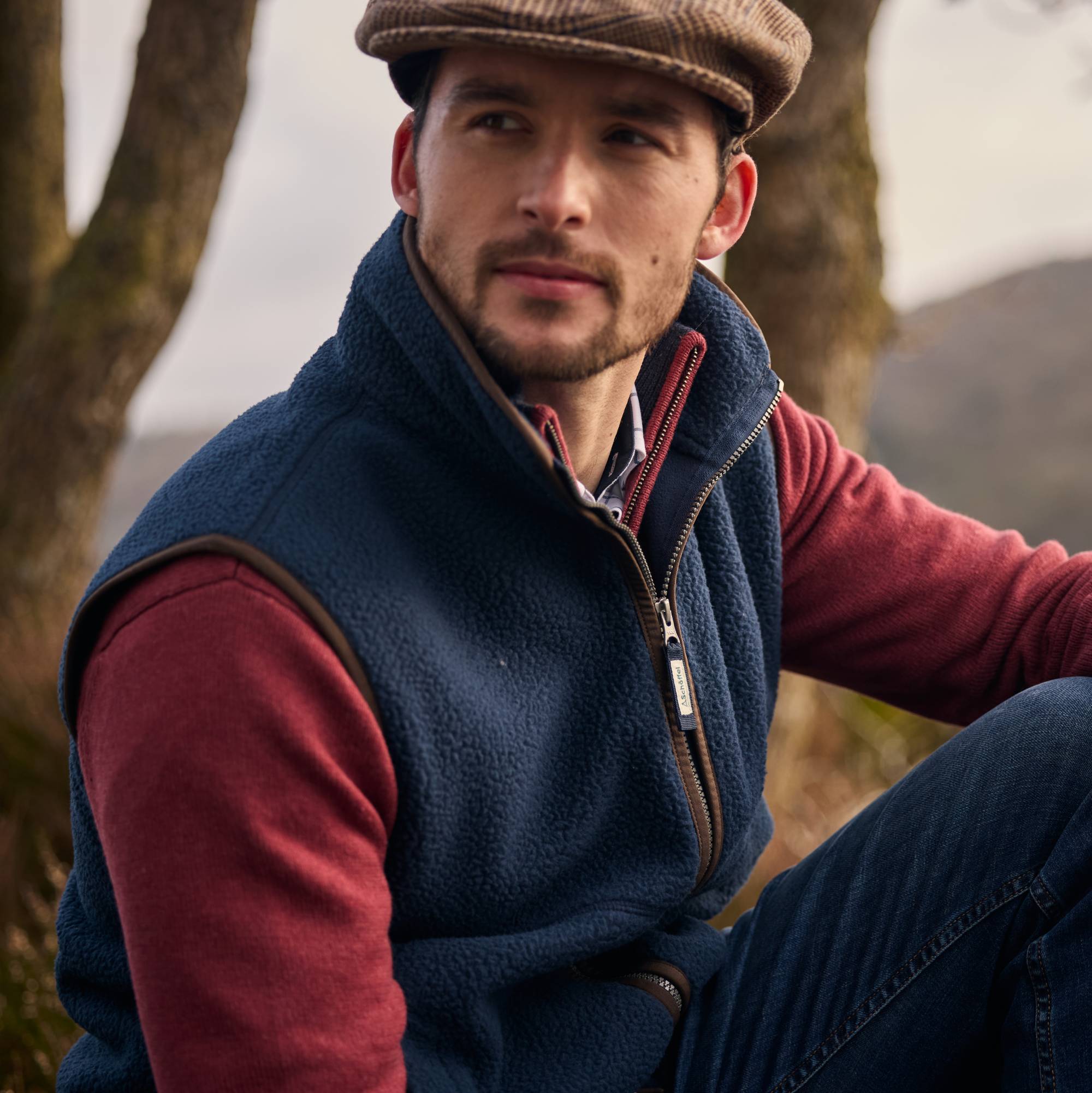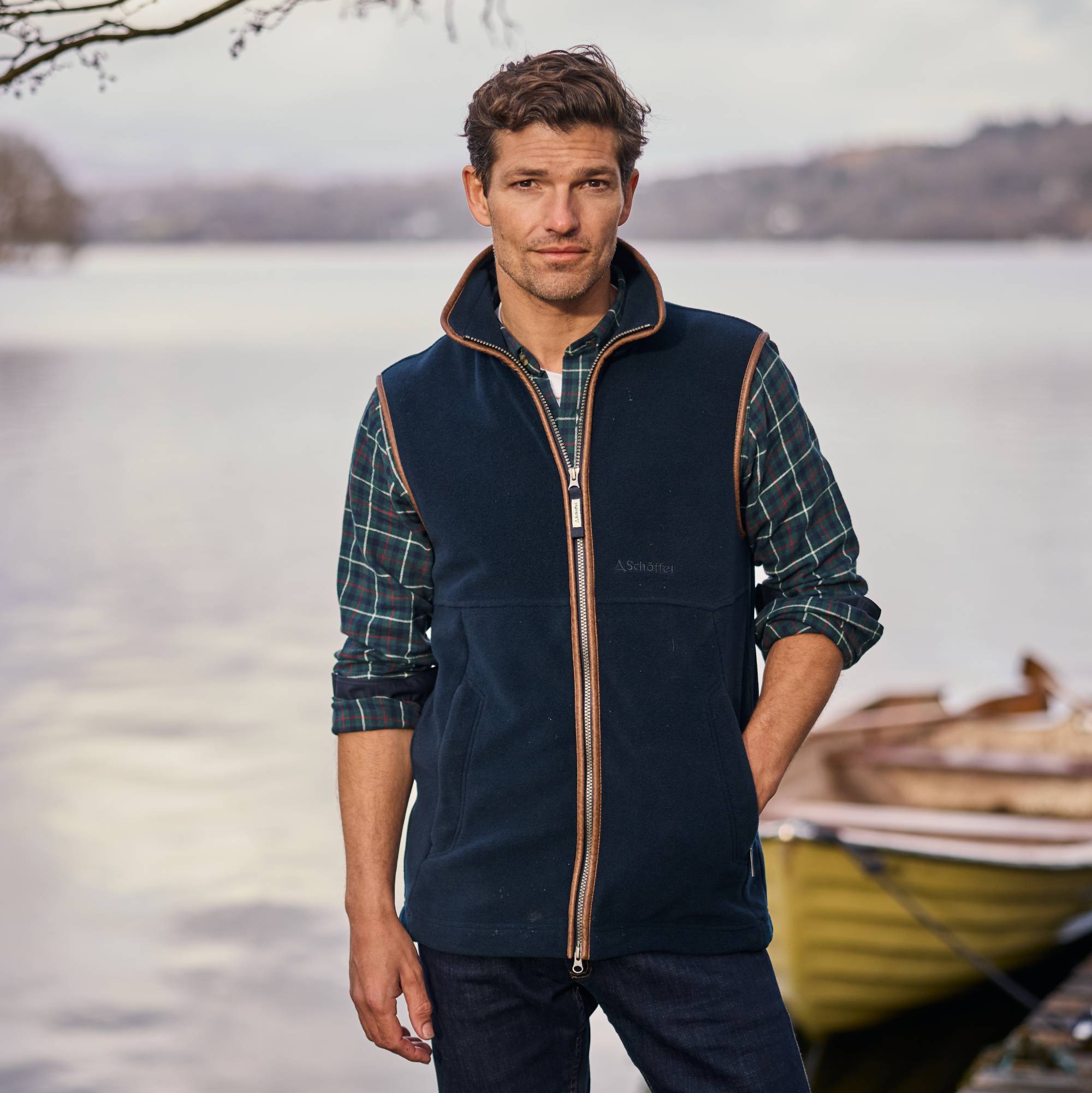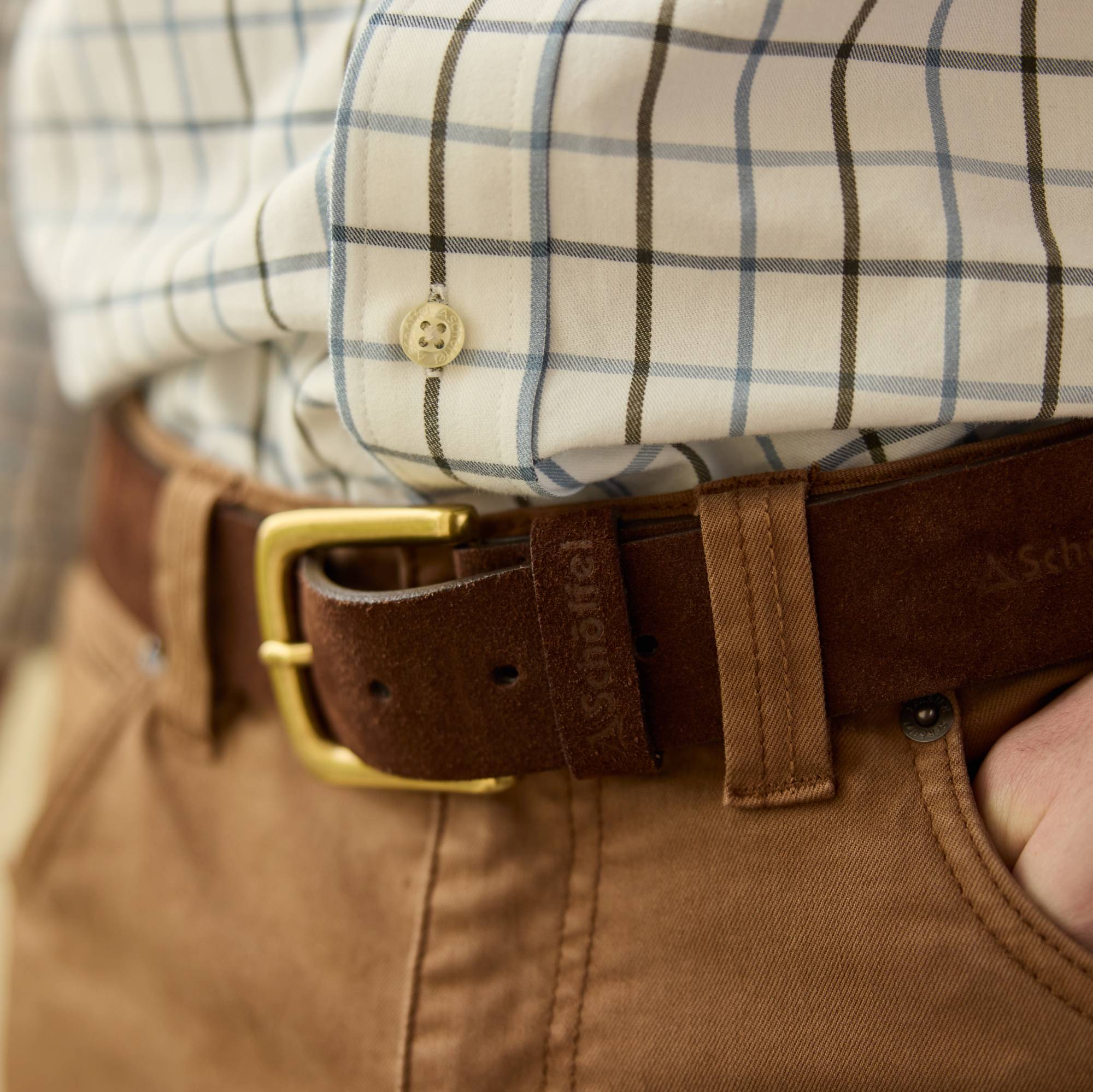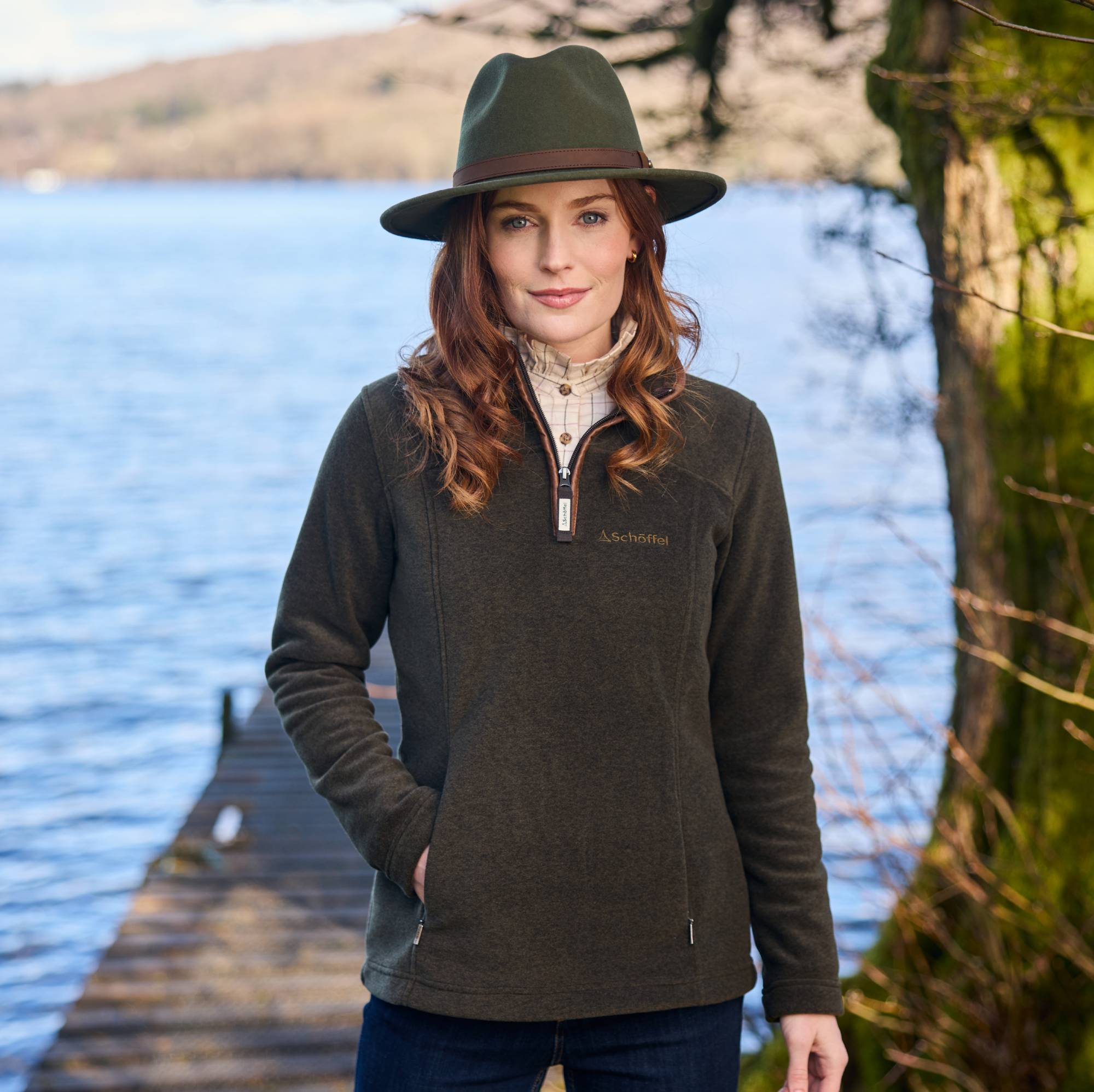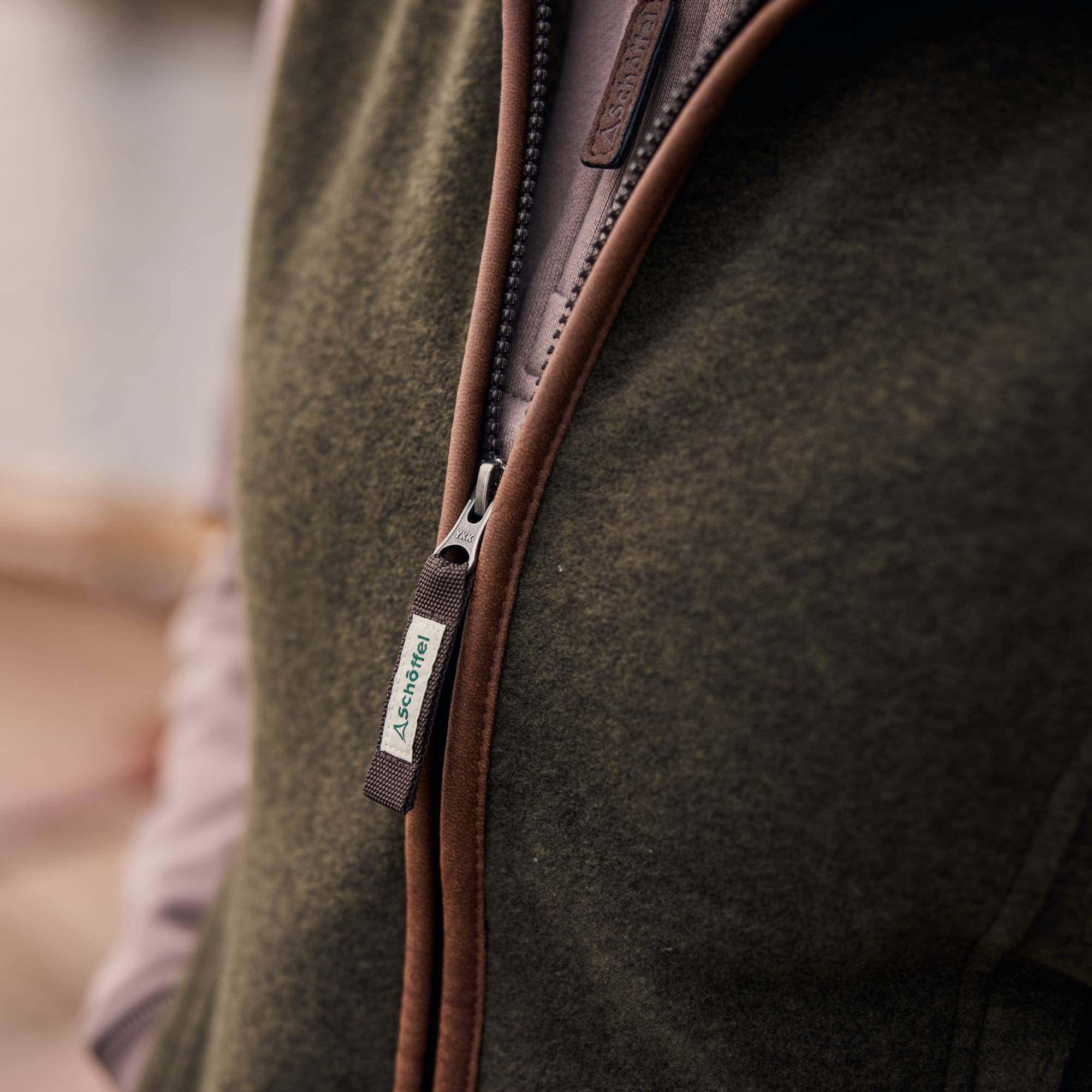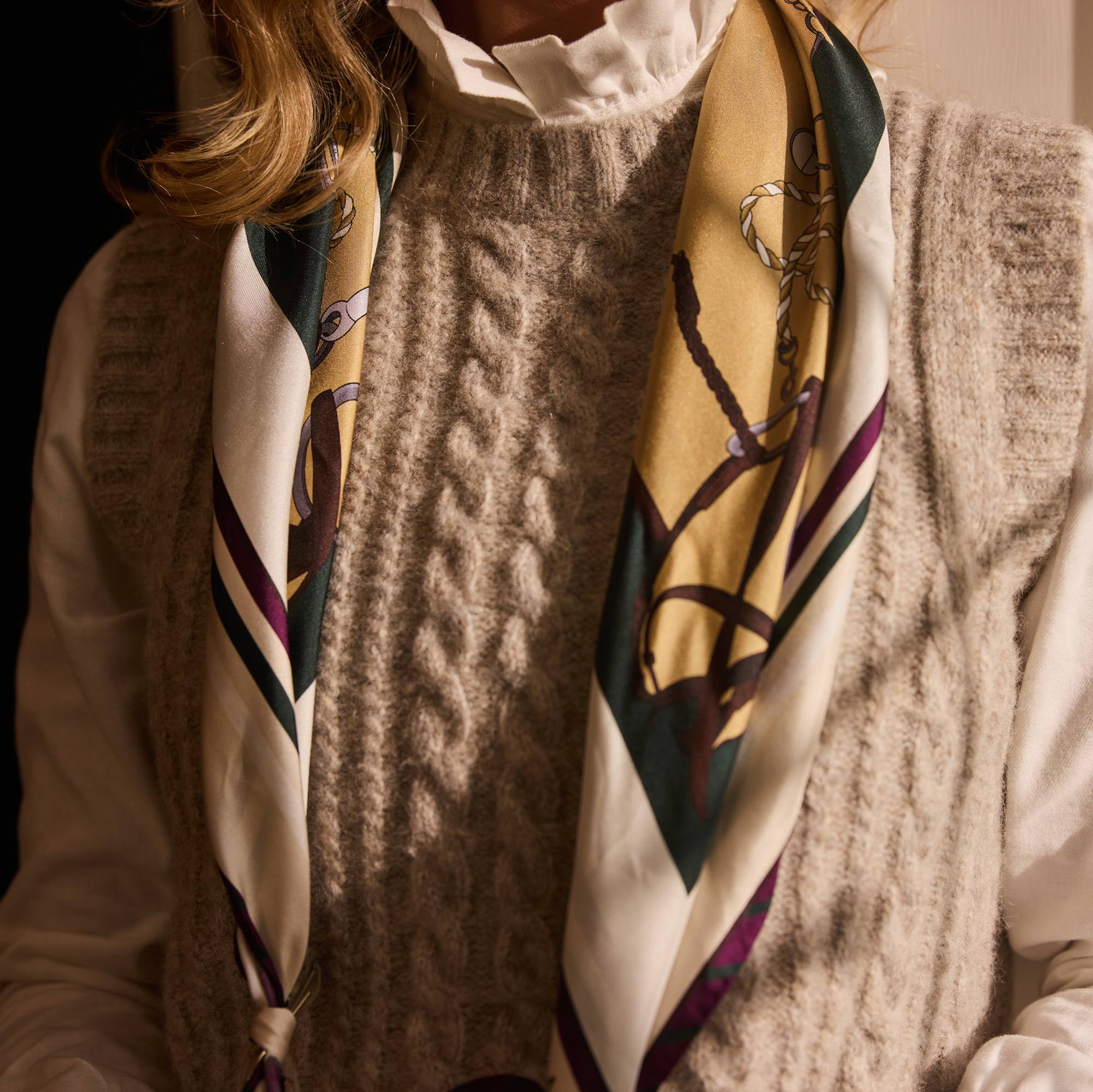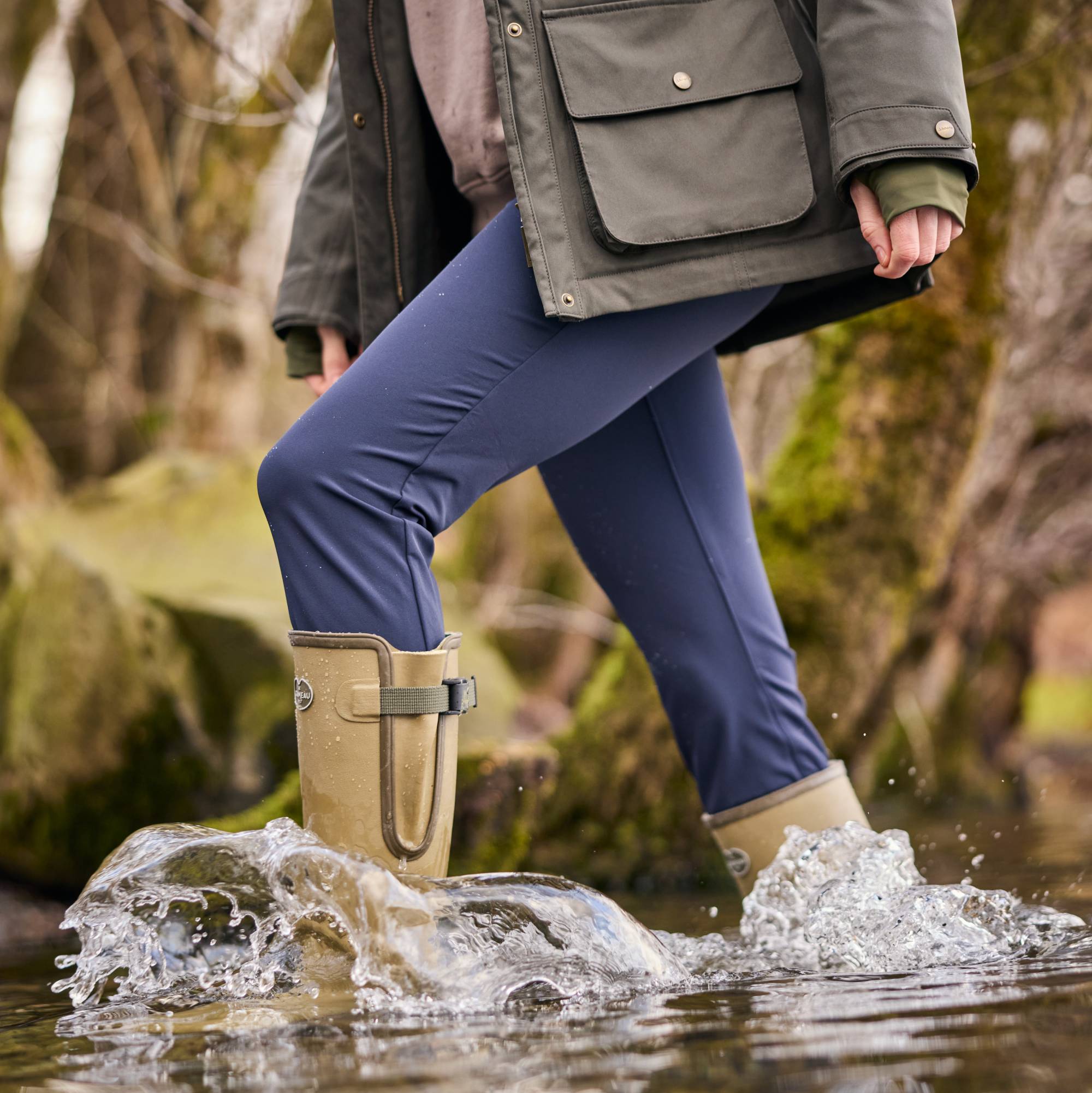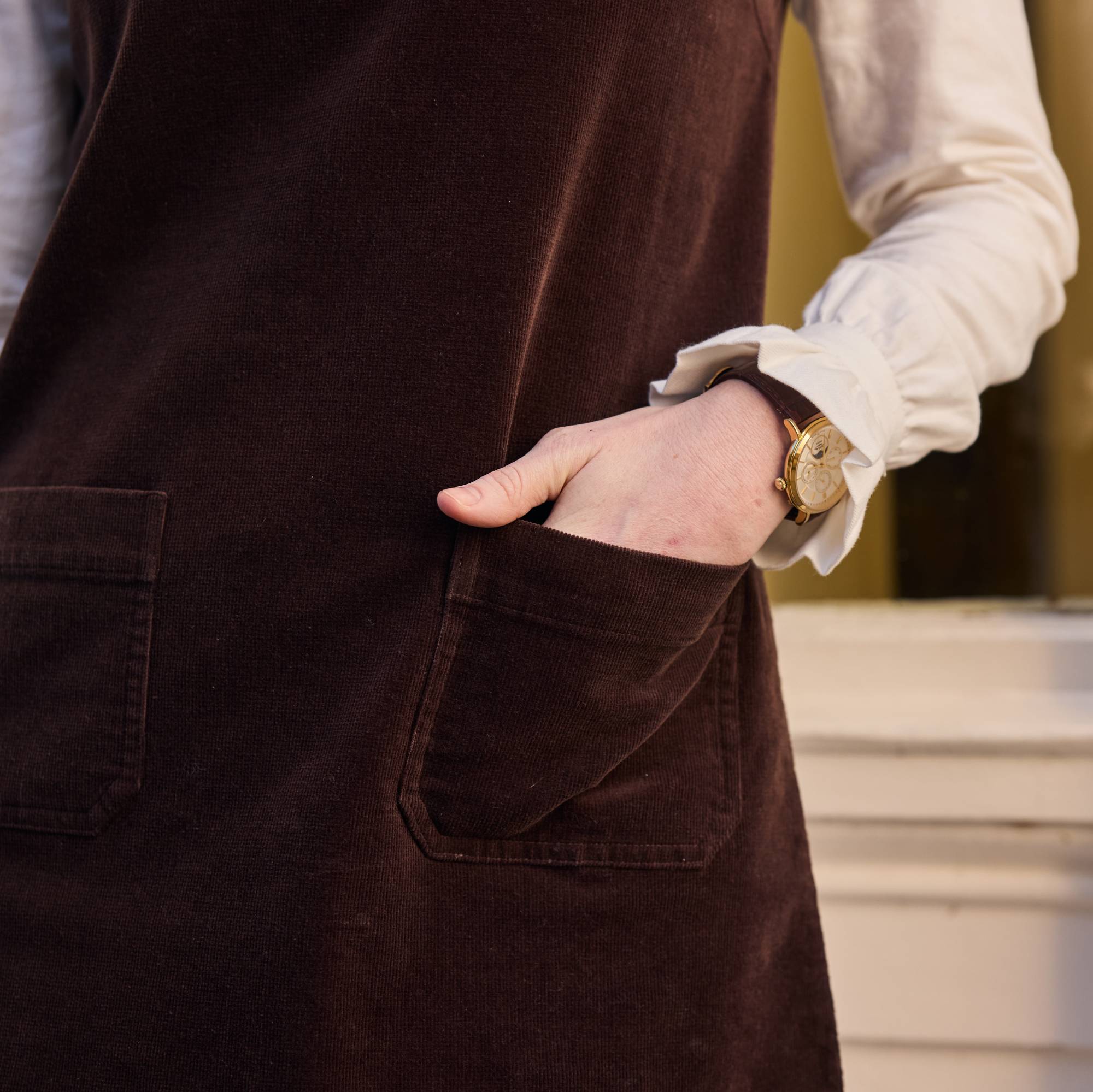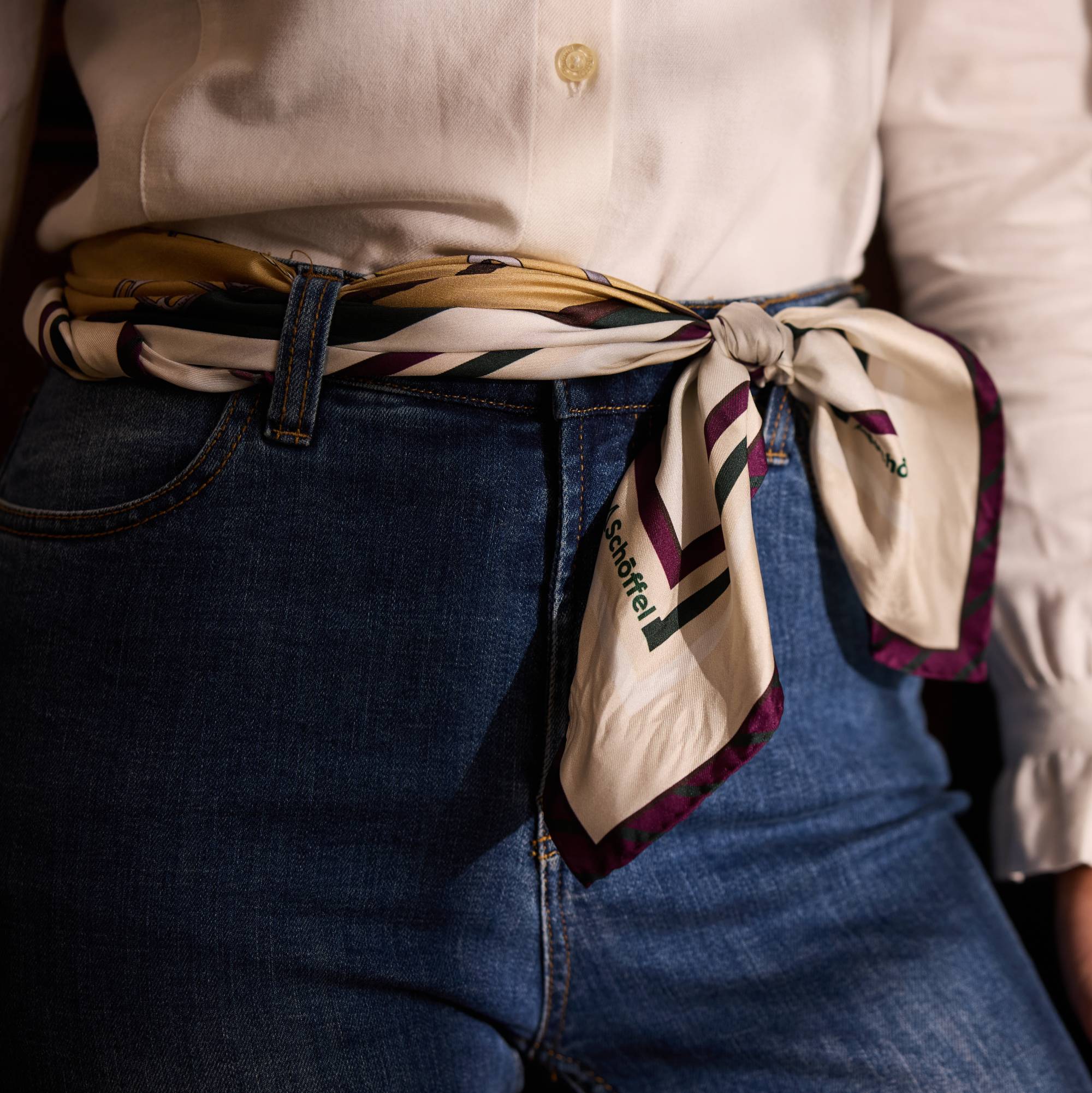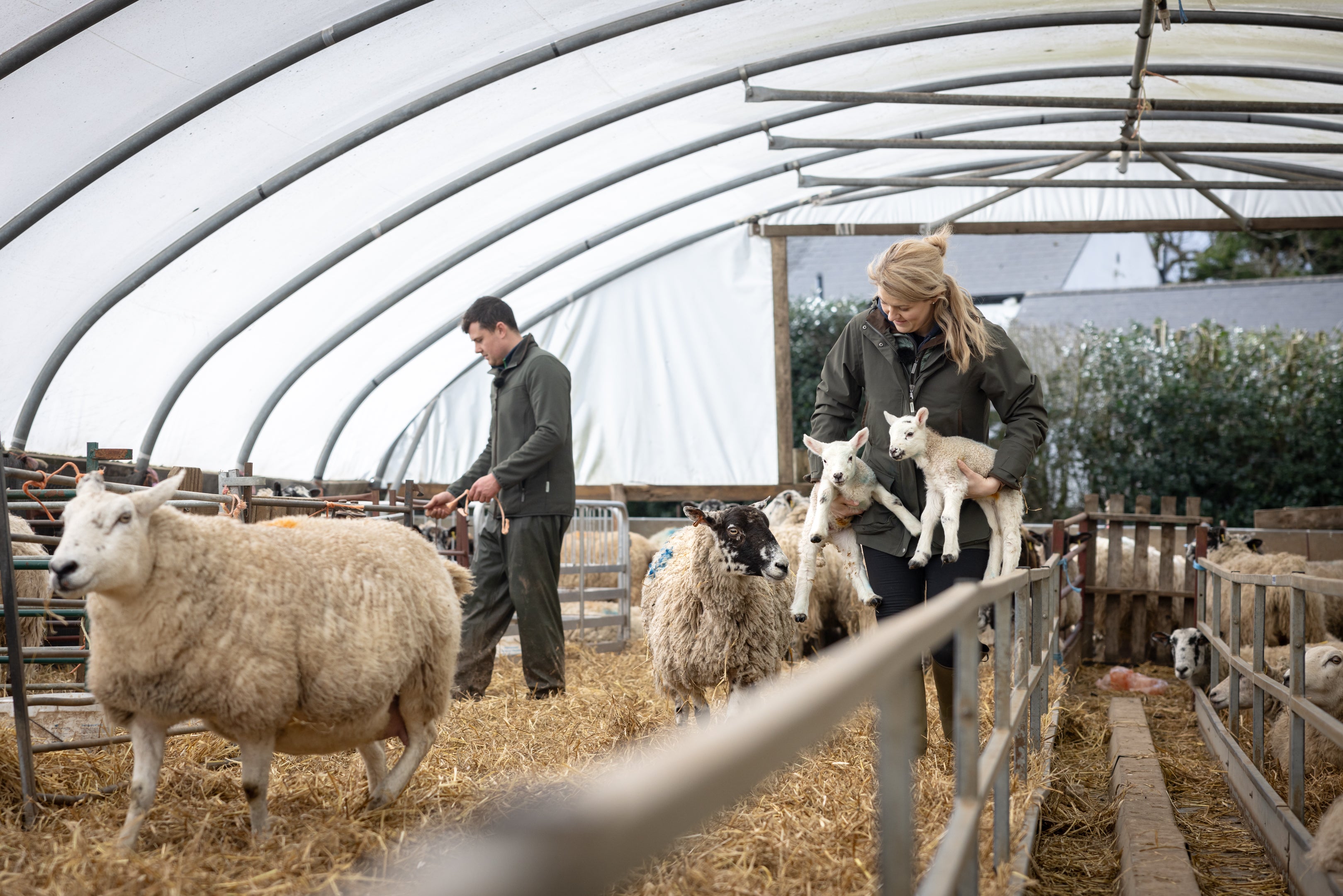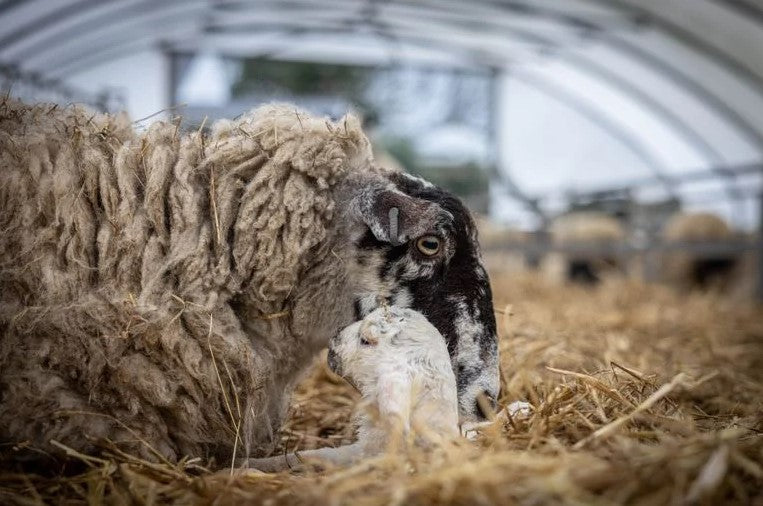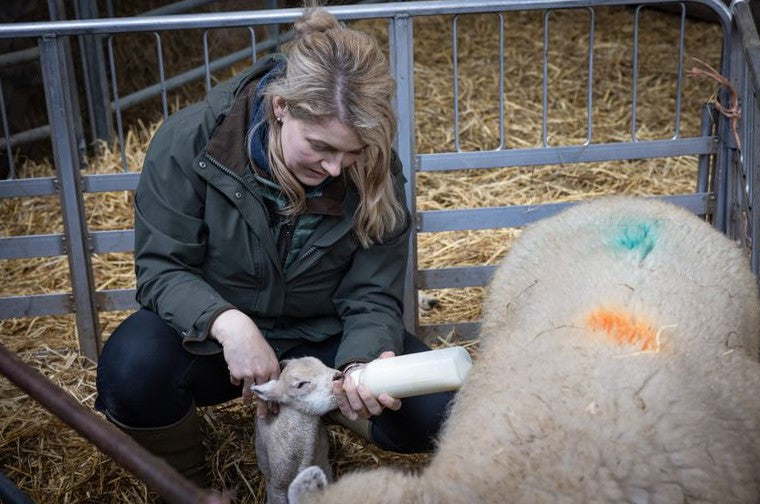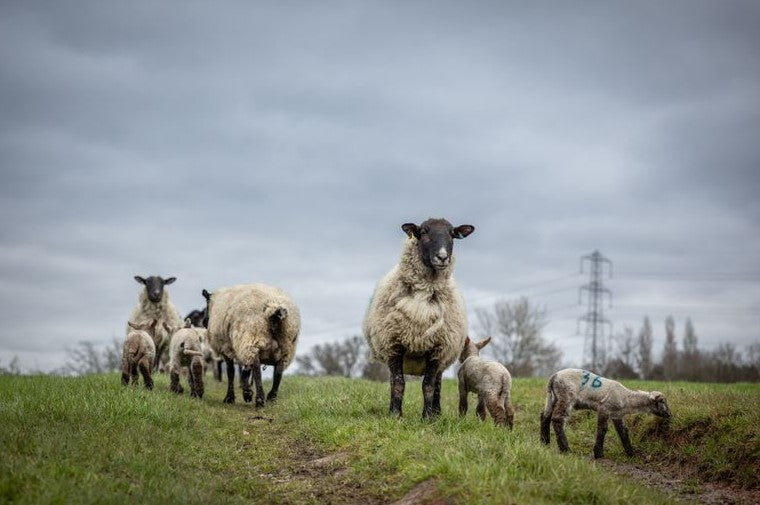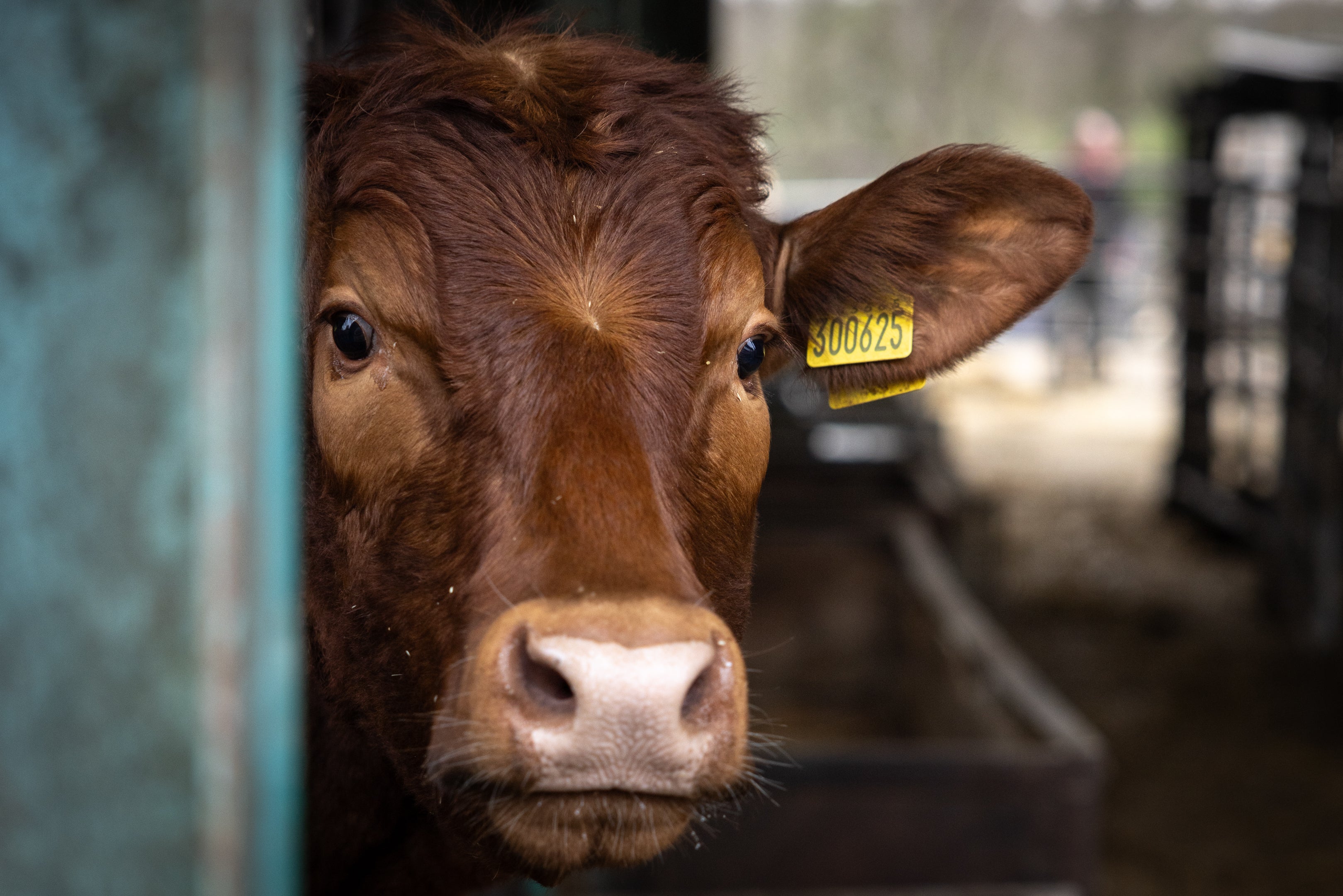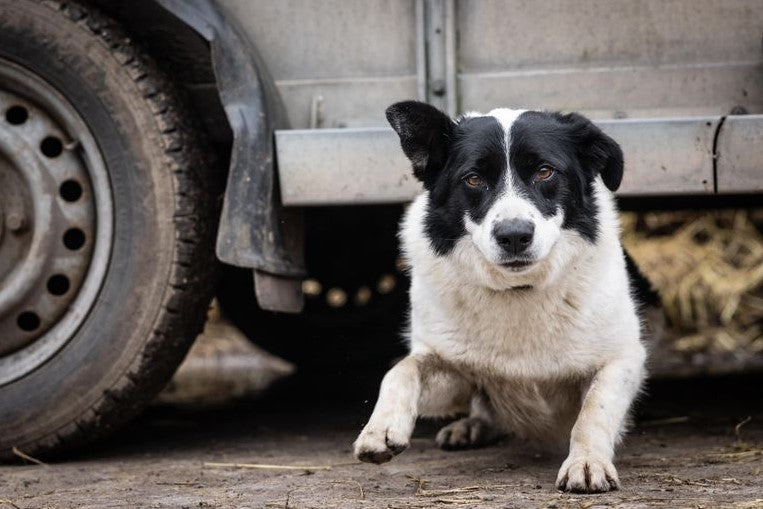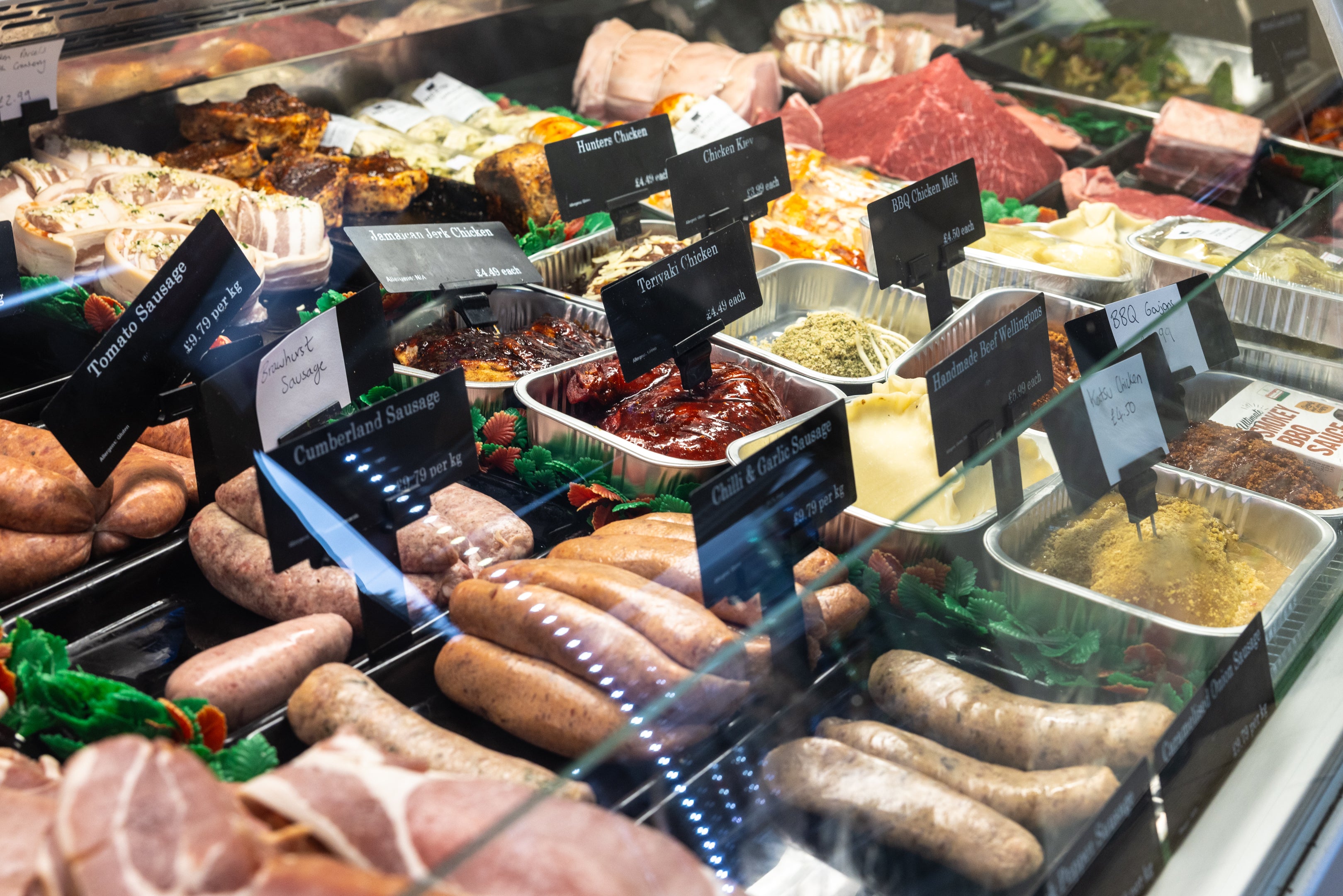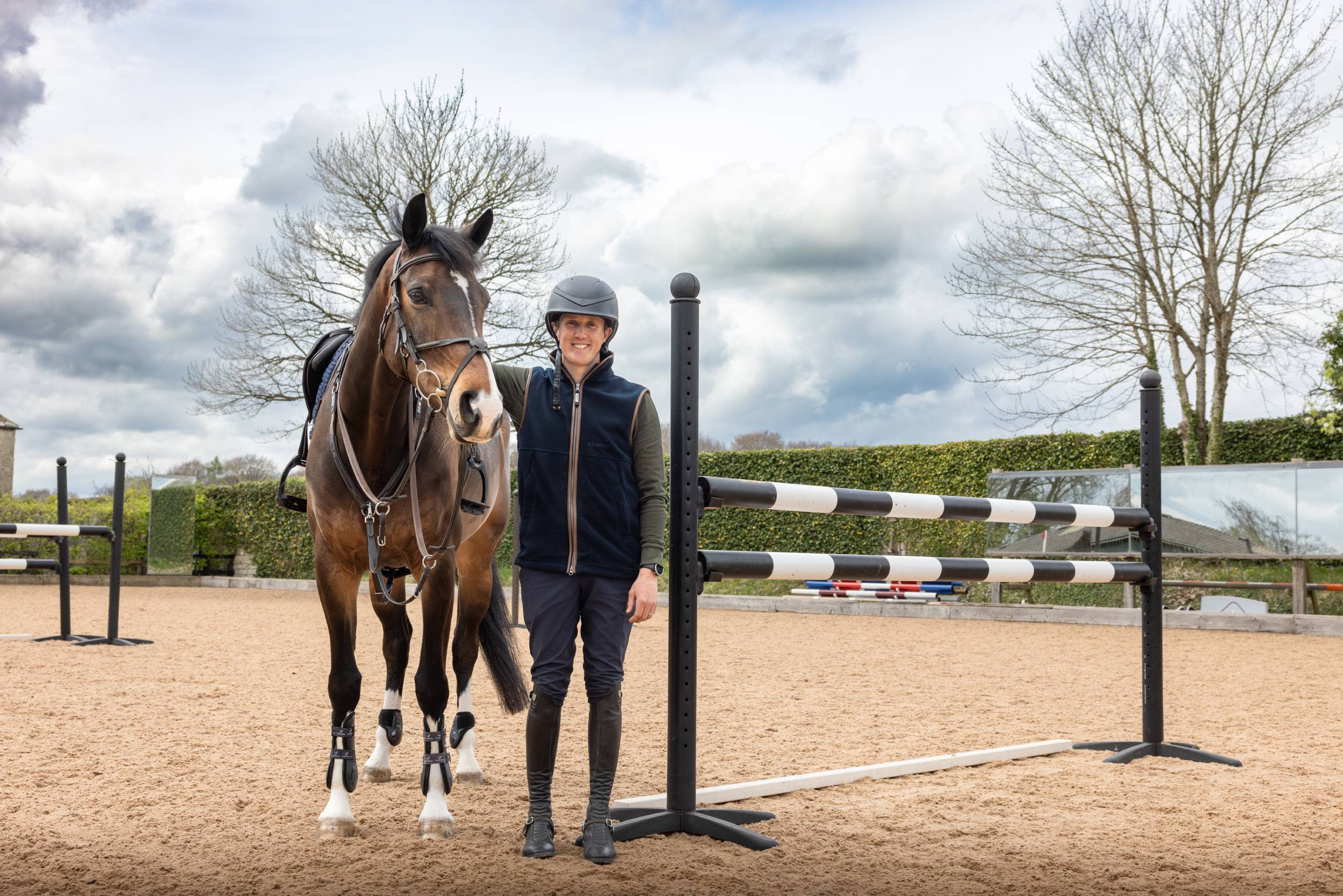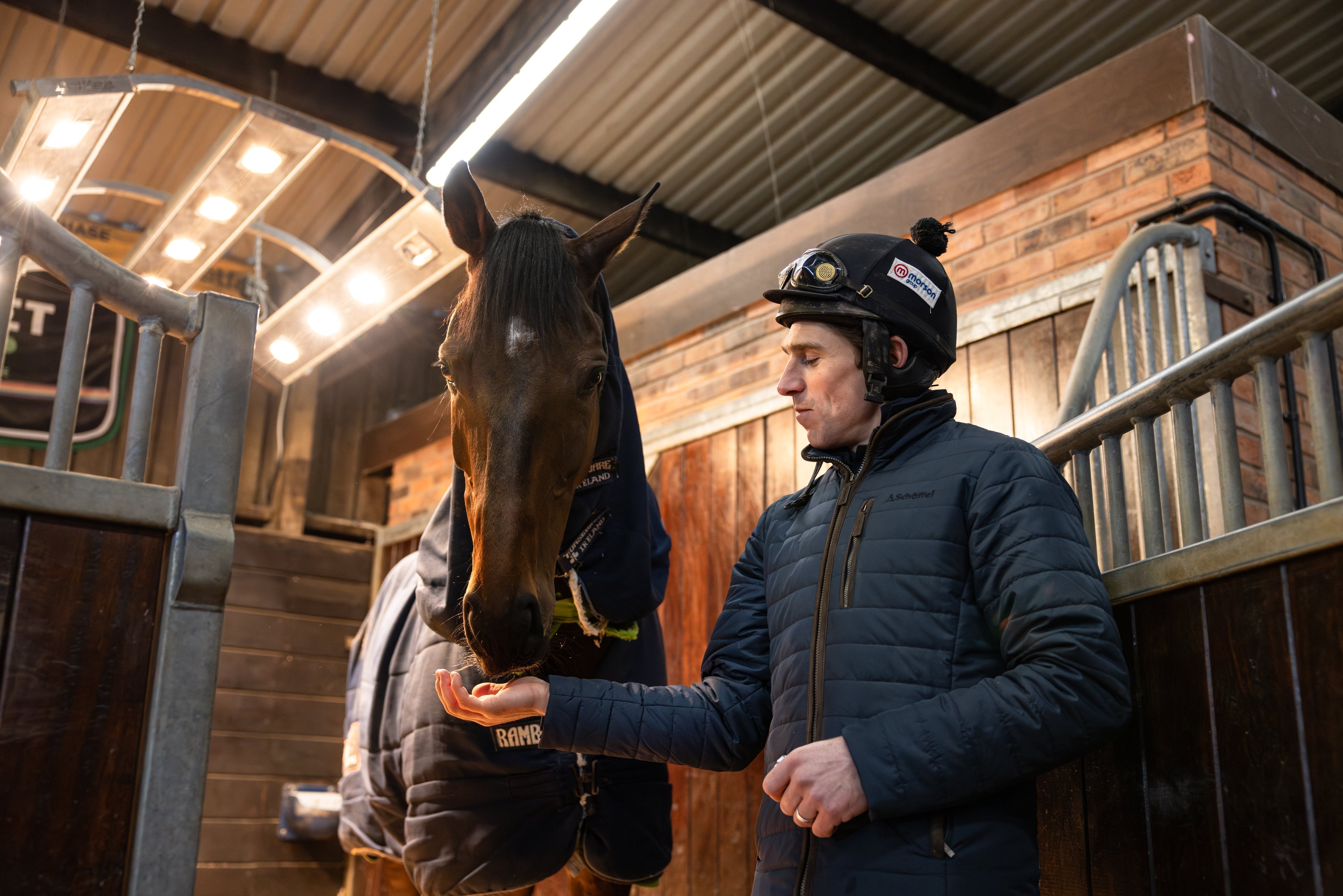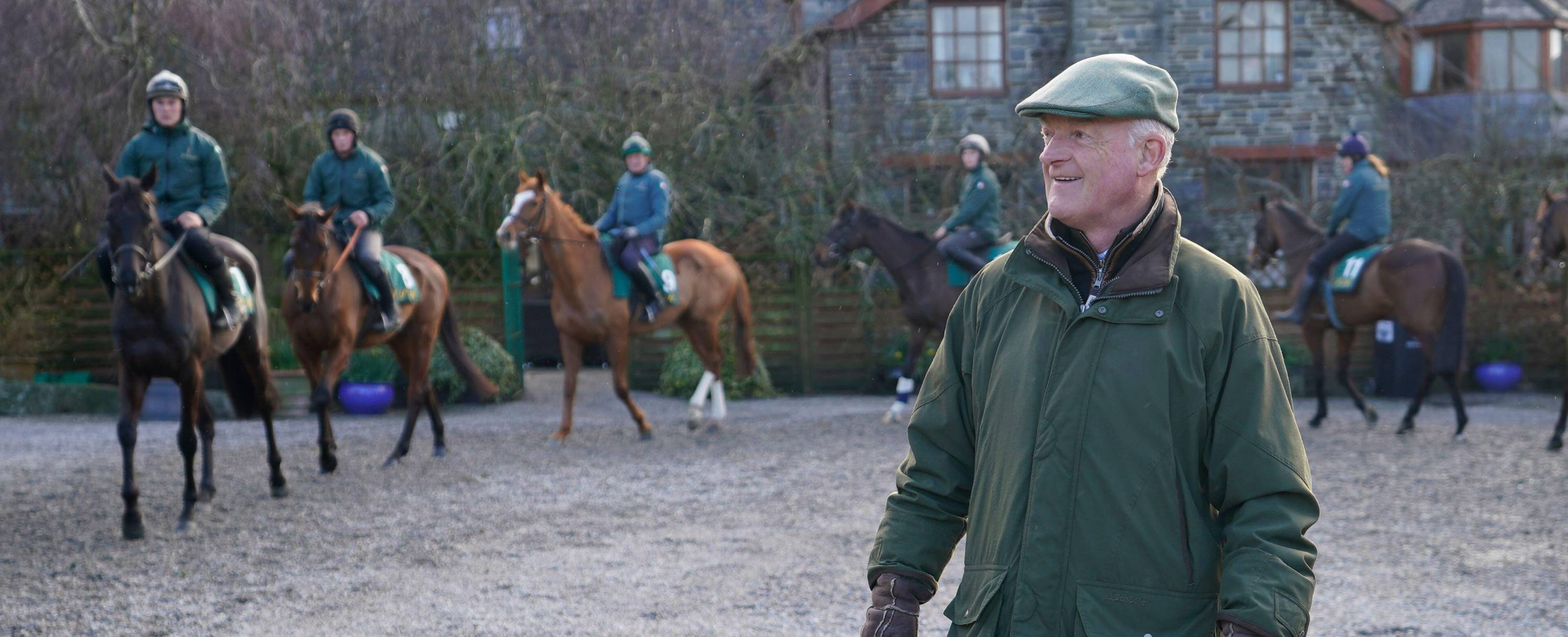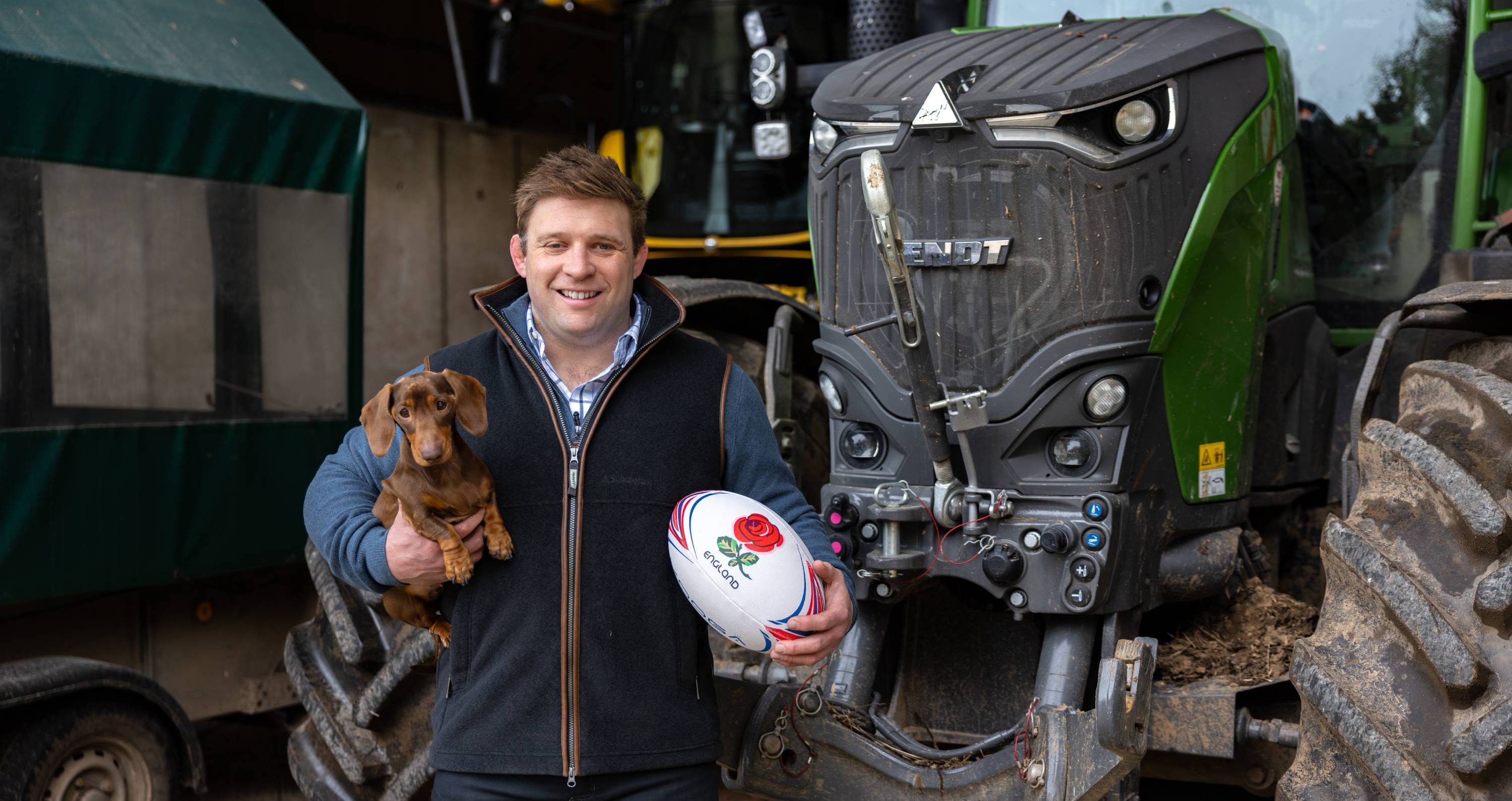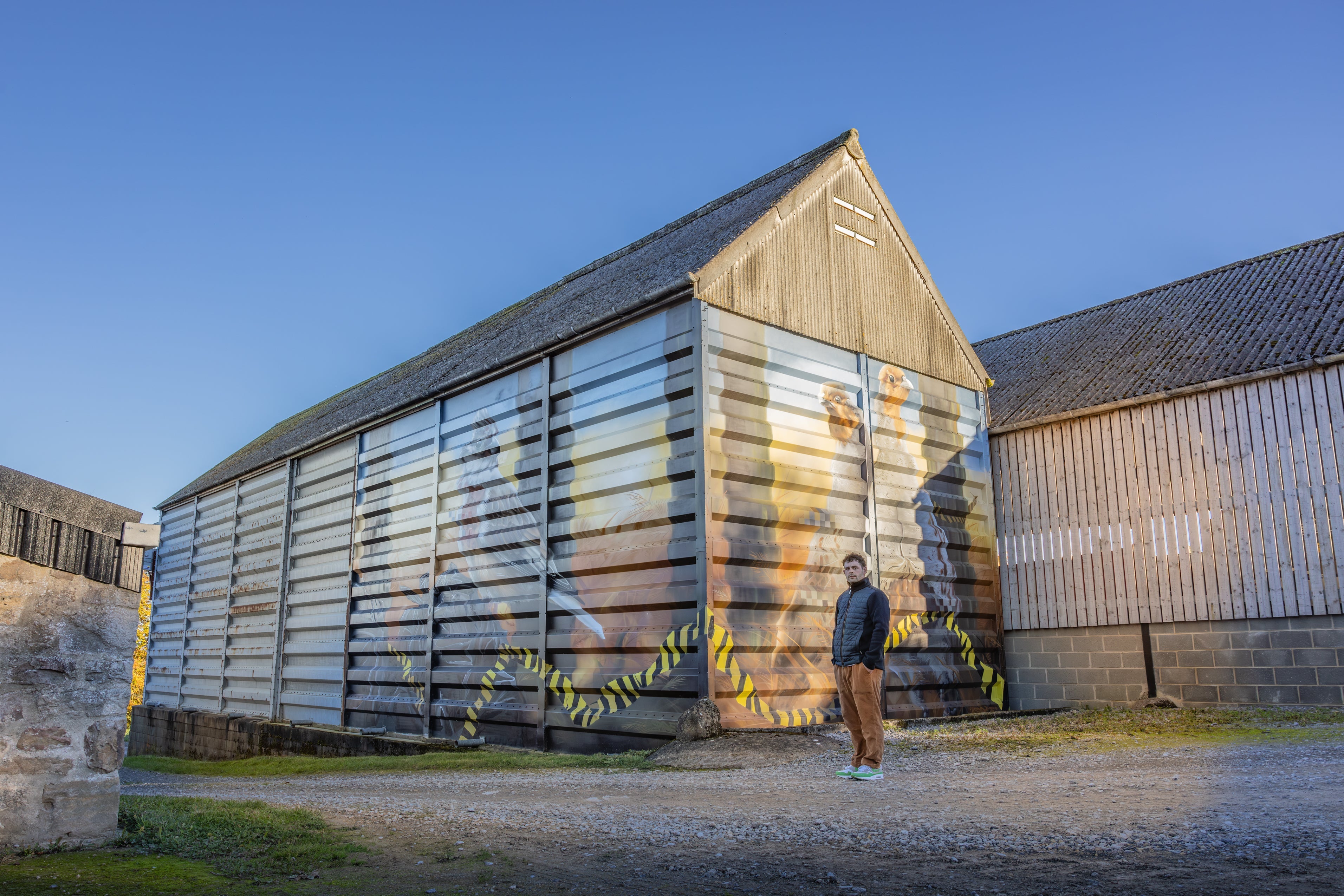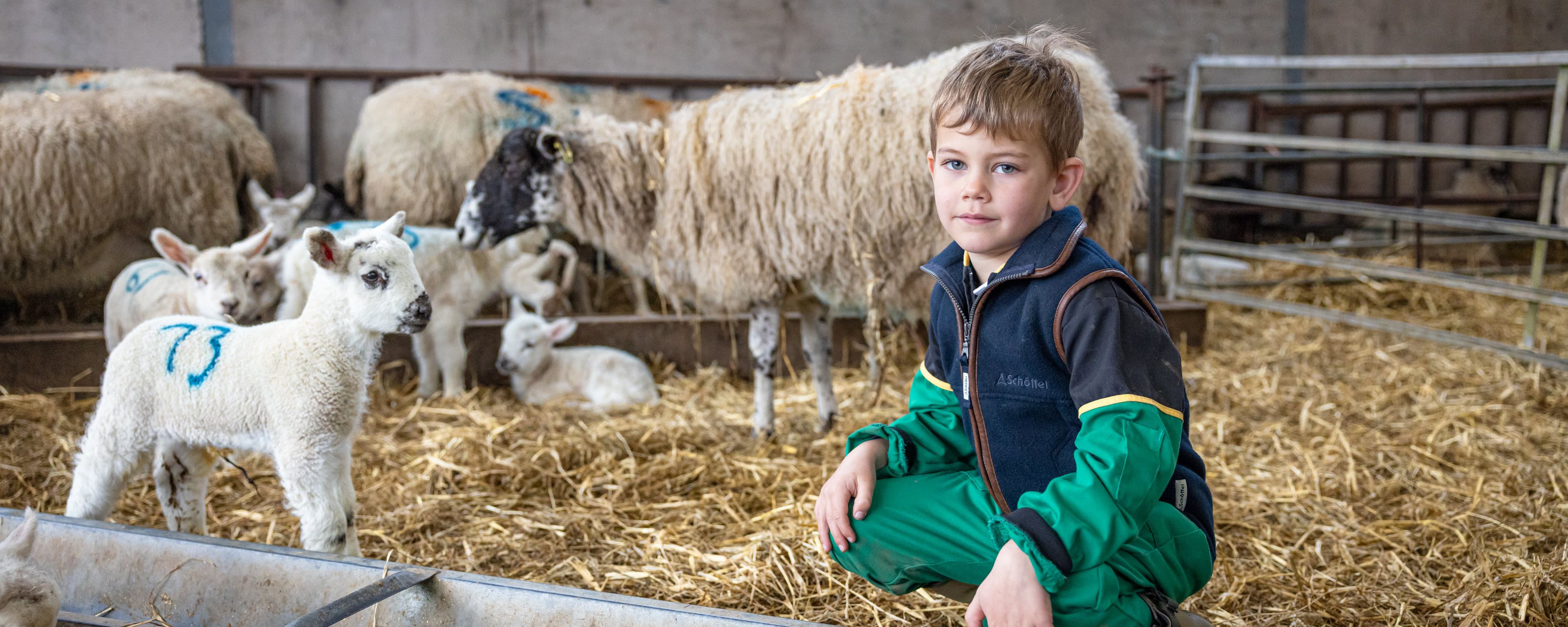
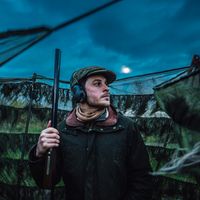
New life at Lowlands Farm
Lambing and calving are well underway, and plans are afoot at the family’s butcher’s shop. We visit the Withers family in the West Midlands, who share an insight into their daily routine on the farm in spring.
The sweet tang of sileage and manure filled the air as we walked along the straw-strewn concrete toward the din of cattle, sheep, and poultry. There’s something undeniably comforting about a working farmyard in spring.
Lowlands Farm in the West Midlands is no exception, and with 60 cows to calve and 400 ewes to lamb, we were visiting the Withers family at a (particularly) busy time.
Husband and wife team Tom and Beth Withers were our hosts. Our aim? To experience the bustle of the lambing shed and capture the essence of a typical day on a farm at this time of year. And with kids, collies, new arrivals and to-die-for mince pasties in the mix, it didn’t disappoint… Of course it didn’t.
Tom is the fifth generation of his family to farm on the 400 acres that lay alongside the M5, a welly-fling from Birmingham. At 32 years of age, he seems a wise head on young shoulders, no doubt having benefited from immersion since childhood in the way of life his father, David, and grandfather, Robert, still enjoy with him today.
Beth, meanwhile, grew up a few miles away and has been on a huge learning curve since meeting Tom 11 years ago. Now they have three children – Henry (5), George (4), and Jack (2) – and a great deal of juggling to do on a daily basis as a result.
“The farm has changed a lot over the years,” explained Tom as we reached the first crew full of cows. The school run was over, and both he and Beth were doing another circuit around the sheds to check on the stock. “Up until the 1960s, this was a dairy farm; my great grandad milked 14 Friesians. Now the milking parlour is no more, and in addition to the beef cattle and sheep, we grow oats, barley and wheat to produce our own feed and bedding.”
In the pens, a mix a Herefords, Limousins, Anguses and Simmentals shuffled and stared at their audience. “We normally bring them in around Bonfire Night – as late as the conditions will allow,” explained Tom. “Then they spend the winter in here. Calving tends to start from the middle of February onwards. We coincide it with the lambing, as we know we’ll be spending a lot of time at the yard then anyway.”
The cows are left to calve on their own wherever possible. Sometimes they need a hand, though. It’s much the same for the first batch of ewes in the lambing sheds – older and more experienced, they usually just get on with it, with a bit of help here and there. The yearlings, on the other hand, as first-time mothers, require a more hands-on approach.
The plan is to get them all out in the fields as soon as they’re strong enough and the weather allows. “Once outside, they tend to grow like mad,” said Tom of both sheep and cows. But first, the magic of birth.
Between them, over the next few hours, Beth and Tom gave us something of a crash course in lambing. We discussed marking up, the purpose of the different pens, the spraying of iodine on the navel, the powdered milk used for bottle feeding, and the impressive knack sheep have for getting wedged in the most awkward positions possible before starting to give birth.
Not so long ago, Beth, by her own admission, had no idea about agriculture in the UK.
“I remember my first ever lambing session,” she said. “We were supposed to go out for dinner, a date I guess, and one of the sheep was having a bit of trouble. Now I wouldn’t think anything of it, but Tom got stuck in and helped deliver the lamb. I had to sit on a hay bale as I nearly fainted at the sight! But then I was amazed by the instinct of the mother.”
Nowadays it’s her favourite time in the farming calendar, and one she has found a little more opportunity to be involved in since leaving her corporate job in the FMCG sector last year. “There’s so much knowledge that Tom and his family have – and over the past decade I’ve been trying to absorb as much of that as possible,” Beth continued. Online she has amassed quite a following while sharing that journey with others – both through social media (search @tractorsandtweed on Instagram) and a blog series with Farmers Guardian. It’s a nice thing to do, Beth says, to spread a bit of awareness of what’s happening on farms at different times of the year, and the reality of the challenges the farming community faces.
And there are certainly challenges. “In general,” Tom chipped in, “the cost of production has gone up massively in the last few years, so you have to get everything right. And you’re obviously always at the mercy of the weather. Things don’t always go to plan, but you just have to adapt, grit your teeth and keep going.”
Balancing responsibilities on the farm with family life is equally challenging and adds a fair bit of pressure, too. “Before kids we’d do things like have pizza down here in the evening while lambing,” explained Beth. “We even lived down here for a while in a little caravan. But now we have home life, childcare and everything that comes with that to think about at the same time.”
On the flipside of the hard parts, though, both Beth and Tom acknowledge how wholesome an upbringing the three boys will have – even if they choose not to follow their dad into farming full-time when they’re old enough.
“Of course I’d like one of the kids to get involved as they grow up,” admitted Tom, “but they’ll make up their own mind. We just encourage them and show them what it’s about, but we’ll be careful not to push them in any particular direction.” He went on to tell us the story of his great grandfather’s victory at the local ploughing match (with a horse) in 1947. “I always said that I’d love one of my boys to enter and try and win the ploughing match almost a hundred years on. We’ve still got the old trophy.”
David Withers family butchers
Perhaps, instead, the boys will follow in Grandad’s footsteps. “When my father-in-law was growing up on the farm, there wasn’t the full-time work to support him, so he went off and trained to be a butcher before setting up on his own. He has run the local butcher’s shop, just two miles down the road, for 30 years since,” explained Beth.
Over that time, it has grown and grown. And when we visited, a project that will see its footprint almost double was well underway. The extended shop is due to open in May.
“We have complete control over what goes into the shop from the farm,” expanded Beth. “The majority of what is sold is made on-site. All the pastry for our pies, the pie fillings, the pasties, sausages – everything is prepped daily, from scratch. We have a great team of butchers and bakers.”
As we tucked into a minted lamb pasty and happy customers came and went, Beth described how, with no control over market prices, the shop also offers a steady and stable end route for some of the beef and lamb produced at Lowlands. “It gives us that bit more flexibility,” she said.
The success of linking the two, Beth reckons, comes down to sheer passion. “The emotion that goes into farming follows the produce through into the farm shop,” she told us. “It’s an incredible cycle, and a brilliant story, that I love shouting about!”
